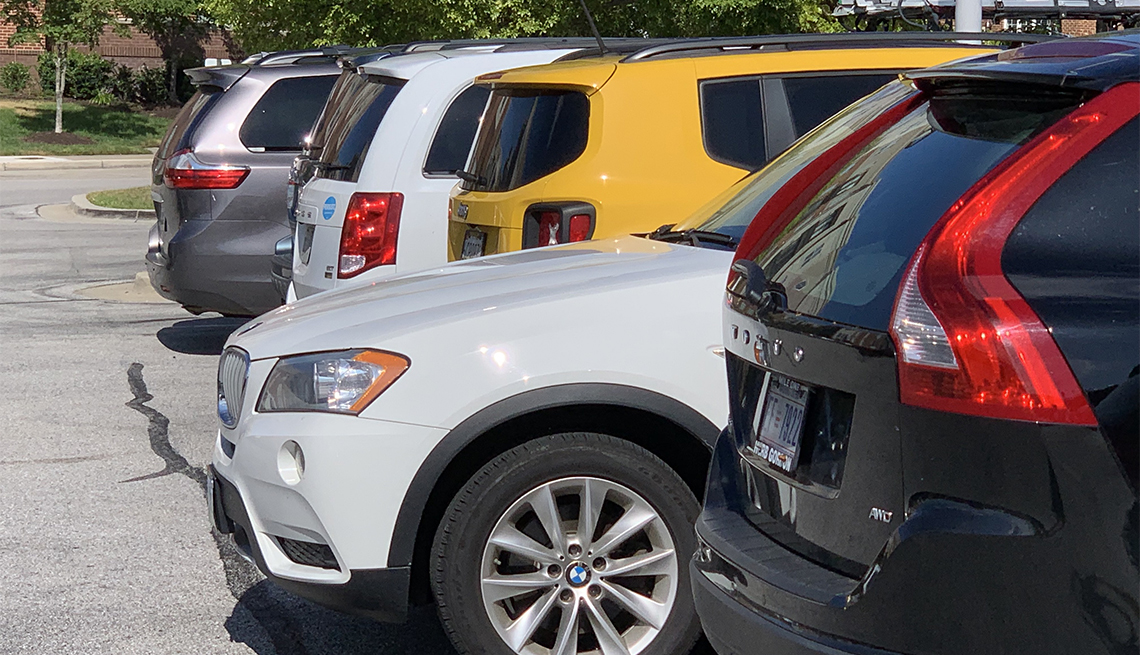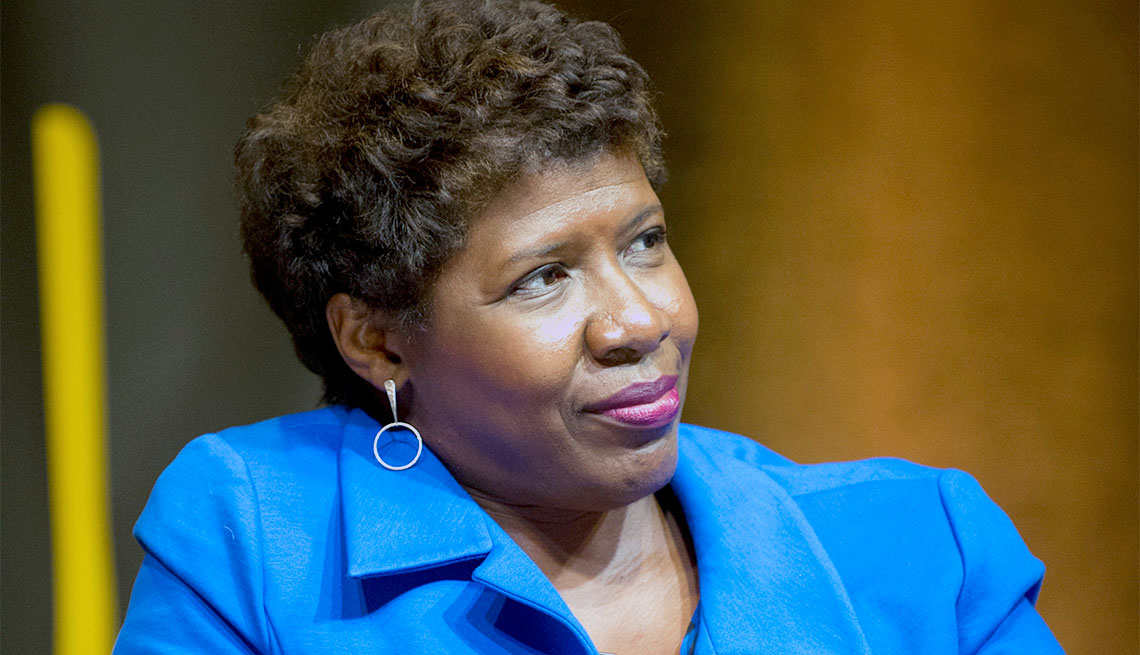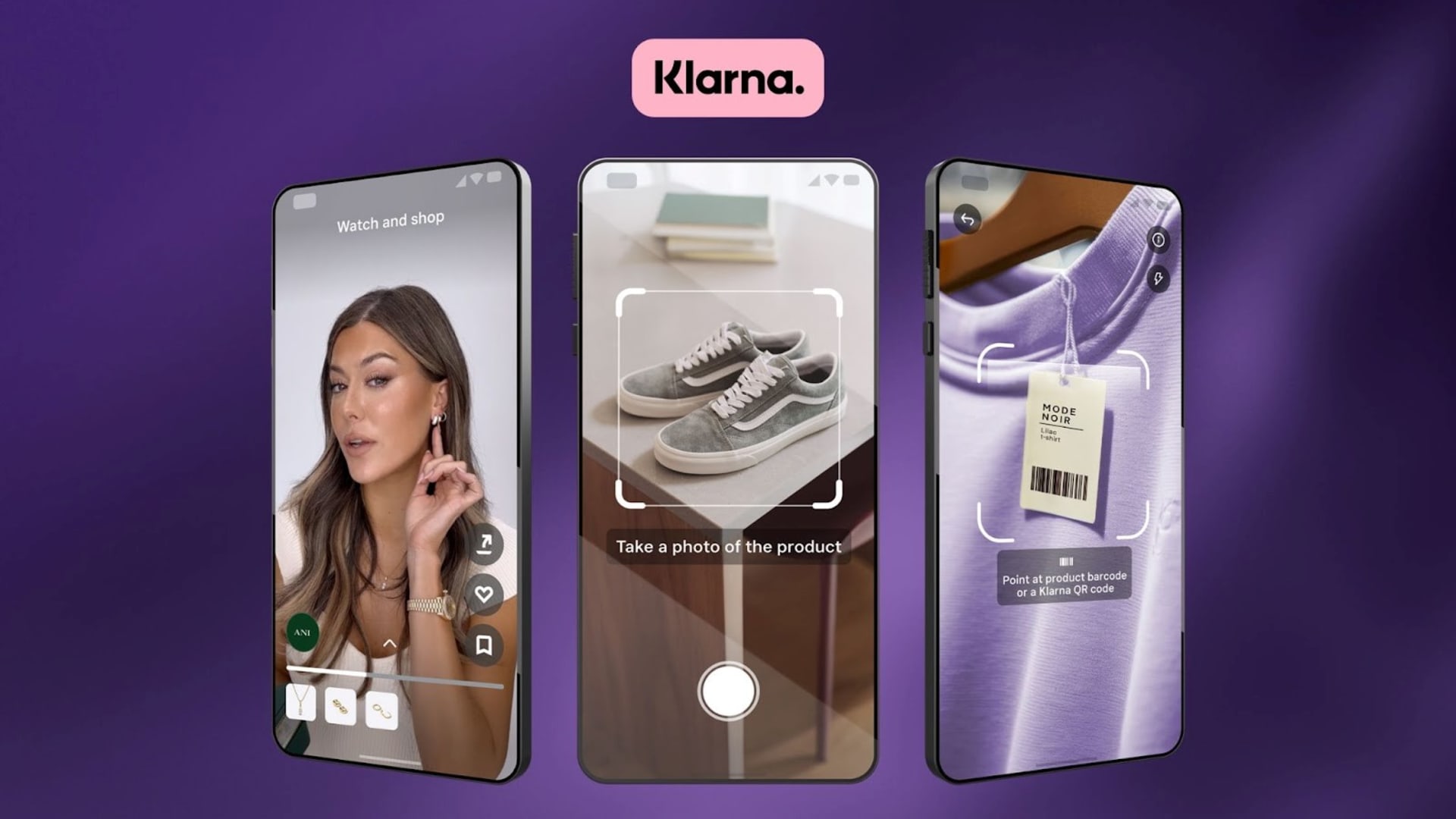
- Select a language for the TTS:
- UK English Female
- UK English Male
- US English Female
- US English Male
- Australian Female
- Australian Male
- Language selected: (auto detect) - EN
Play all audios:
Gray, silver, white, gray, darker gray, lighter gray, whiter white, black, silver. Watch traffic a few minutes, and you'll see that dull and hypnotic parade of vehicles in 50 shades of
gray. Half or more of all vehicles now sold, even excluding generally white fleet vehicles, are somewhere on the gray scale . We'd love to tell you to grab your shades because the
zowie-bright antidotes are coming. No longer would you have to squint to find your car in a parking lot or walk down the aisle randomly clicking your key fob to see a flicker from a
not-so-distant taillight. But we would be exaggerating. "It feels more like the Model T days, of which Henry Ford wrote in his autobiography: ‘Any customer can have a car painted any
color that he wants so long as it is black,' ” _Consumer Reports_ says. WE'RE DRAB WHEN IT COMES TO CARS And this lack of flashiness is not a flash in the pan. "All the data I
have seen suggest nothing is going to change soon,” says Ian Beavis, chief strategy officer at global researcher AMCI in Gardena, California. Still, funky alternatives are out there. Ford,
Hyundai and other brands within reach of your budget sell charming shades of blue from indifferent to demanding. Yellows from airy to solid show up on models from Honda and Toyota. Kia
offers green. Jeep has teal, provocatively called Bikini. Two-tones? How about an orange roof over a silver body? Nissan Kicks, a small SUV, is at your service. Also, “reds have a certain
buyer that's consistent. Reds will soldier on,” says Gary Robinson, American Honda Motor Co.'s senior manager of product planning. Honda, with American headquarters in Torrance,
California, also makes the Acura premium brand. Shades of red are about 10 percent of new-vehicle colors, according to Pittsburgh-based paint-supplier PPG. NOT SO BLUE ABOUT THE BLUES Beyond
the, uh, evergreen nature of red, blues seem to be the rescuers of the moment: from the barely blue of Hyundai's Veloster N high-performance coupe through the really, really blue on a
variety of cars and trucks, to the molten metallic that Ford dubbed Ford Performance Blue when it launched the go-fast 2019 Edge ST, and now, with little difference, calls Atlas Blue on the
brand-new 2020 Explorer. "Blue is big time,” says Jane Harrington, manager of global color styling at PPG. The company makes “coatings,” industry speak for paint. At companywide
meetings, including PPG representatives from nonautomotive departments, the blue momentum was spotted a few years ago. Ford shoved it forward by showing blue versions of all models at the
2015 Detroit auto show, she says. Blue is holding at about 9 percent of all new vehicles in North America as of 2018, her latest available data, just one percentage point shy of red, and it
has room to zoom. Green? An afterthought at 1 percent. Orange hovers in the wings, dropkicked into the mix in a blaze of orange at the 2018 Detroit auto show. But it's not a serious
player yet. "We've got those reds, yellows, blues, greens, oranges,” and car shoppers like to see them in showrooms and on car lots, says La Shirl Turner, head of advanced color
and materials design in North America for Fiat Chrysler Automobiles. “Even if they're not going to get that (distinctive) color, they still want to have that choice. "But not every
color looks good on every model, so we have to be careful,” she says. SILVER EQUALS SLEEK, TECHY IN BUYERS' MINDS Before you swan dive into the automotive rainbow, keep in mind the
strong reasons for our present subdued streetscape. Bland colors usually have better resale value, AMCI's Beavis says. It feeds on itself: That's what people have learned to buy;
therefore, that's what dealers stock, so that's what's mostly available to buy. Exceptions are from people who lease, he says. Up to 33 percent of all new-car buyers do,
according to researcher Edmunds.com. They're more likely to chance a zippy color because they can be rid of it in two or three years when the lease expires. But otherwise, we go back to
the monochromatic palette, Beavis says. Many people think “modern, angular car designs look better in silver and white,” he says. "Societal trends have a role, too. Silver, gray and
black are associated with technology and modernity,” his data show. Think about the silver case of laptop computers, the black shell of cellphones, the gray housing of voice-activated home
controls, the gleaming black and white of fancy coffeemakers. People also believe that gray and white don't look dirty as easily as more colorful surfaces, Beavis’ data show. (Black is
the gray-scale contrarian, looking filthy at the first speck of dust.) ” ‘I buy white because it stays cleaner,’ or ‘Gray doesn't look as dirty as others.’ We hear that a lot,”
PPG's Harrington says. But still, can you find your car, SUV or pickup easily after a crowded football game? Here are some distinctive-colored cars that, for the most part, might even
be fun to drive. No promises on resale value.







